
May 5, 2023: Theatre Yesterday and Today, by Ron Fassler
On this date sixty-five years ago this evening, Alfred Lunt and Lynn Fontanne opened in a play which would turn out to be the grand finale of their thirty-five year run as the premier acting team of the American stage. And how fitting that this illustrious couple, genuine theatre royalty, went out with a bang and not a whimper. Their final Broadway visit was The Visit, by Swiss playwright and author Friedrich Dürrenmatt, and they each received the reviews of their careers. I’ve often been asked, “What play might I like to go back in time to see?” and either the opening or the closing night of The Visit is as high up on my list as when Richard Burbage picked up Yorick’s skull for the the first time as Hamlet back in 1600.

Rehearsals for The Visit began in London in November 1957. Having rarely worked with a director of such forward thinking ideas as the innovative Brit Peter Brook, it was a testament to the Lunts that rather than be intimidated, they were fascinated at delving into a new process, as Lynn Fontanne described: “Alfred and I have been directing each other for over thirty years. You know, we never really trusted anyone else, but he’s the first person we really trust when it comes to taste. He appeals to the actor’s imagination — the area where the actor is a specialist — and that why we’re so excited about him.”
It was a mutual admiration. Brook was quoted as saying, “Directing Lunt is a revelation. You can’t imagine the countless tiny details that Alfred puts into a performance. This may sound like finicky acting, but these painstaking details make up an enormous conception. It is like one of Seurat’s pointillist paintings. Each little dot is not art, but the whole is magnificent. Alfred and Lynn start by getting a broad outline of what they’re going to do and then they fill in the details. It’s absolutely like somebody making a mosaic. They work effortlessly from one detail to the next — four, five points — one after another. They’re deep and flexible people and they have lightening speed and great artistic glory.”

Audiences possibly expecting a romantic or comedic romp from the Lunts, were instead greeted with the darkest tale the famed duo had ever undertaken. As Ethan Mordden writes in his book The American Theatre: “'The Visit' follows the return of the richest woman in the world to her shabby Swiss hometown. She left it, half a century before, unmarried, pregnant, friendless, and despised. Now she offers an incredible fortune to her former fellow citizens if they give her justice by killing the man who wronged her. Naturally, the people refuse, but before long they are buying luxuries on credit and looking tense. In the end, they give her what she wants.”
It made for a difficult tour of the English provinces, Ireland and Scotland, as the play puzzled much of its audience. But before the Lunts would find out if London was any more hospitable, they were rescued by the well-established and successful American producer, Roger Stevens, who had seen and liked it in Ireland and now wanted to put it on in New York. He suggested it as the perfect tenant for the newly renovated Globe Theatre, which had just undergone an expensive facelift and interior renovation and was ready for its grand reopening. Stevens added an extra enticement by using his capacity as part-owner of the Globe to offer that the theatre be renamed for the Lunts, ensuring not only a “yes,” but a gala opening night for the ages.
Tickets were printed in gold and the star-studded presence of Laurence Olivier, Henry Fonda, Helen Hayes, Katharine Cornell, Peter Ustinov, Mary Martin, Bette Davis, Ginger Rogers and Beatrice Lillie among many others, garnered its own review in the New York Times. In the column directly next to the review, there was a report of “Champagne between acts, sartorial elegance and a break with the old theatrical custom to permit smoking in the mezzanine,” actually prompting one audience member in the article to proclaim, “It’s about time!”
The reviews for the Lunts were love letters. Brooks Atkinson wrote: “Under Peter Brook’s ingenious direction, they give an unforgettable performance.” Note how Atkinson pairs them as one in that description, as if the two cannot be separated. He also took care to embrace the difficult play: “They are devoting their genius to a bold, grisly drama of negativism and — genius is what they have.” The Lunts were given the gift of a much deserved hit at the twilight of their careers.

At the 1959 Tony ceremony, The Visit received not one single award. Acknowledging these two legends of a certain age — for nostalgia sake, if for nothing else —surprisingly did not happen. And having opened in May, the then always anticipated summer dip at the box office (due to many theatres still not being equipped with air conditioning), made for a decision to close the show down for six weeks from July till late August. Upon reopening at a smaller theatre, the now demolished Morosco just one block away, had to have unhappily felt like miles from the brand new marquee on 46th Street. Created just for them, it still proudly displayed “The Lunt-Fontanne Theatre,” loading in the sets for a new tenant, a musical entitled Goldilocks. Only managing an additional three months on Broadway, The Visit closed with little fanfare after a total of 189 performances. It was doing good business, but another show was booked into the Morosco, and so the Lunts (as was their wont), decided to pack it up and take the play on an American tour. After visiting a number of cities, The Visit then returned to City Center on West 55th Street in the summer of 1960 where the entire two-week limited engagement sold out. After that, the play finally premiered in London where it was a huge success for the duo. And then … that was it. The Lunts were never seen live on stage again.

Retiring to their luxurious estate Ten Chimneys in Genesee Depot, Wisconsin, the Lunts luxuriated in a quiet existence for the next fifteen or more years. Alfred died in 1977 the week before his eighty-fifth birthday, and Lynn died six years later at age ninety-six. During their retirement, there was one final night that glorified their unmatched pairing in New York when, in 1970, the Lunts paid a rare visit in order that they be presented with special Tonys for their shared lifetime of achievement. Introduced by the then-husband and wife acting team of Robert Stephens and Maggie Smith, this was the Lunts' final time appearing on a Broadway stage.
If you enjoyed this, please check out Up in the Cheap Seats: A Historical Memoir of Broadway, available at Amazon.com in hardcover, softcover and e-book. To receive all future columns by email, hit the blue FOLLOW button above and feel free to comment below or write me at Ron@ronfassler.org.

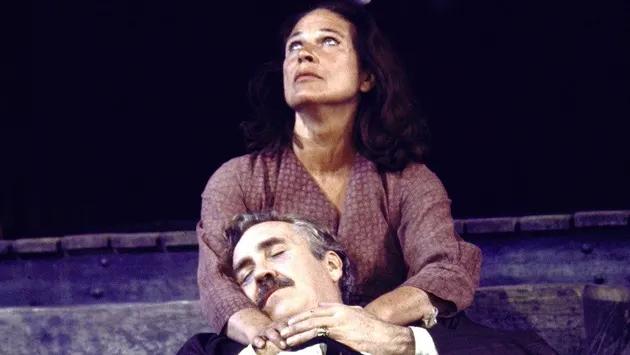

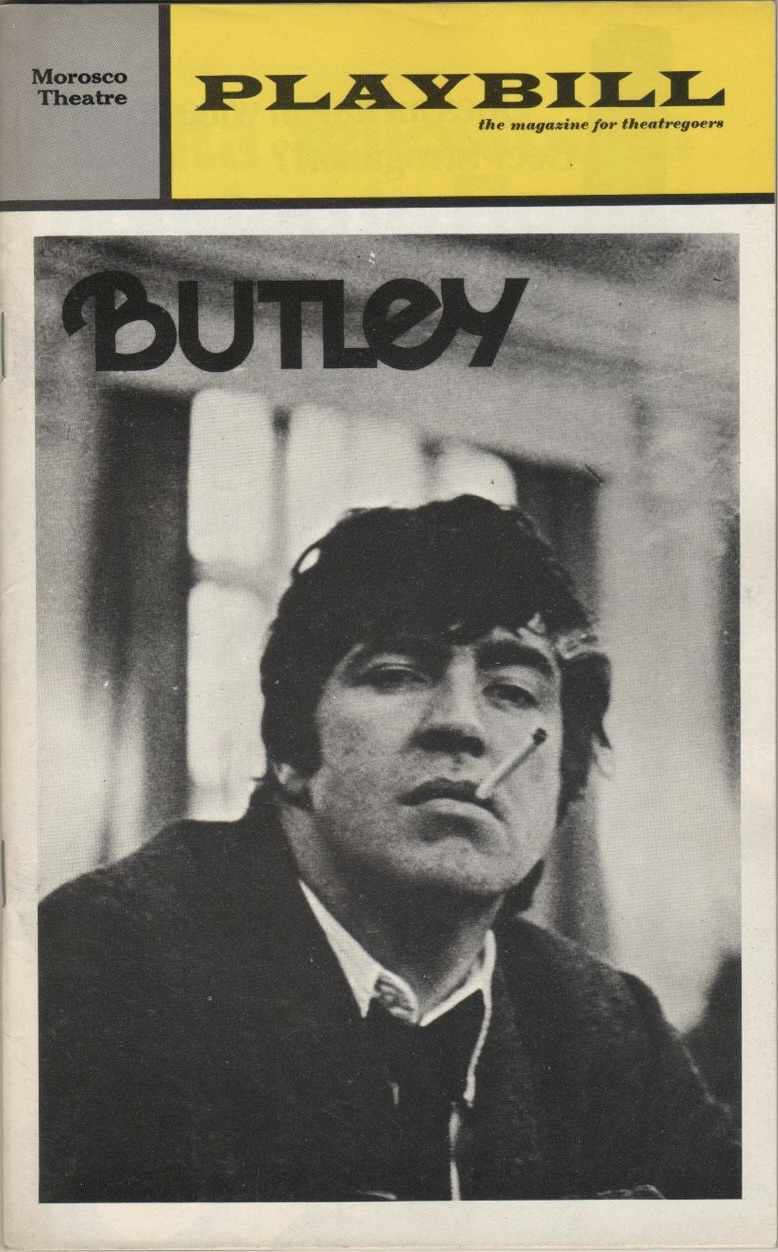
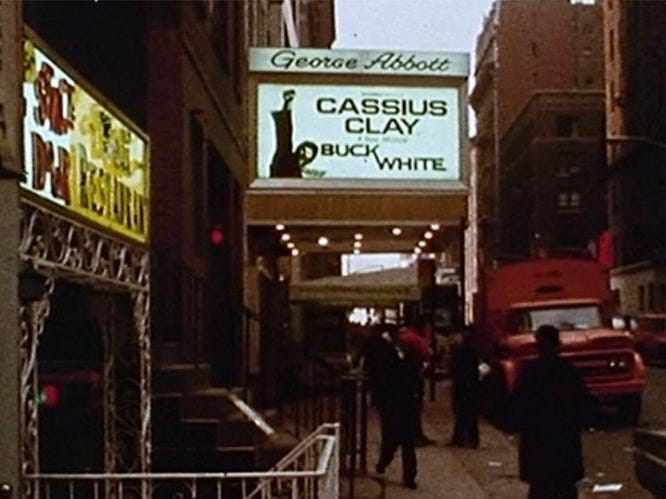

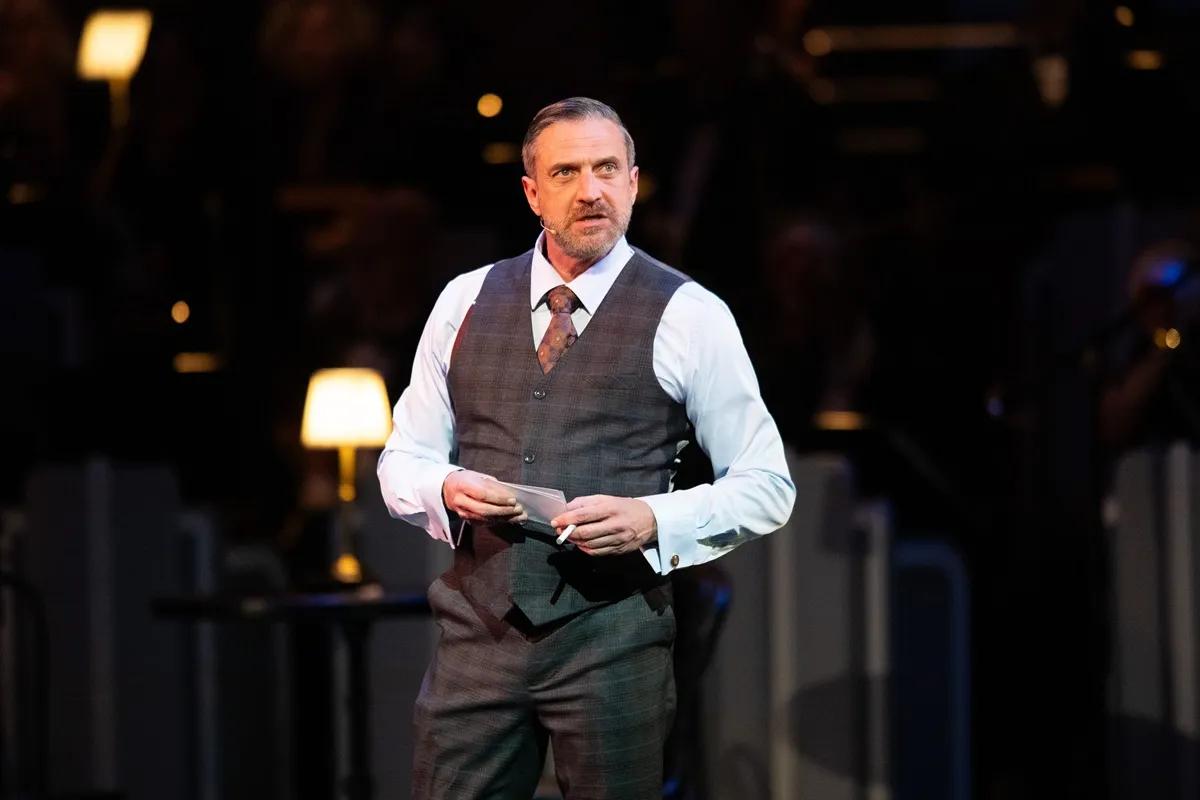

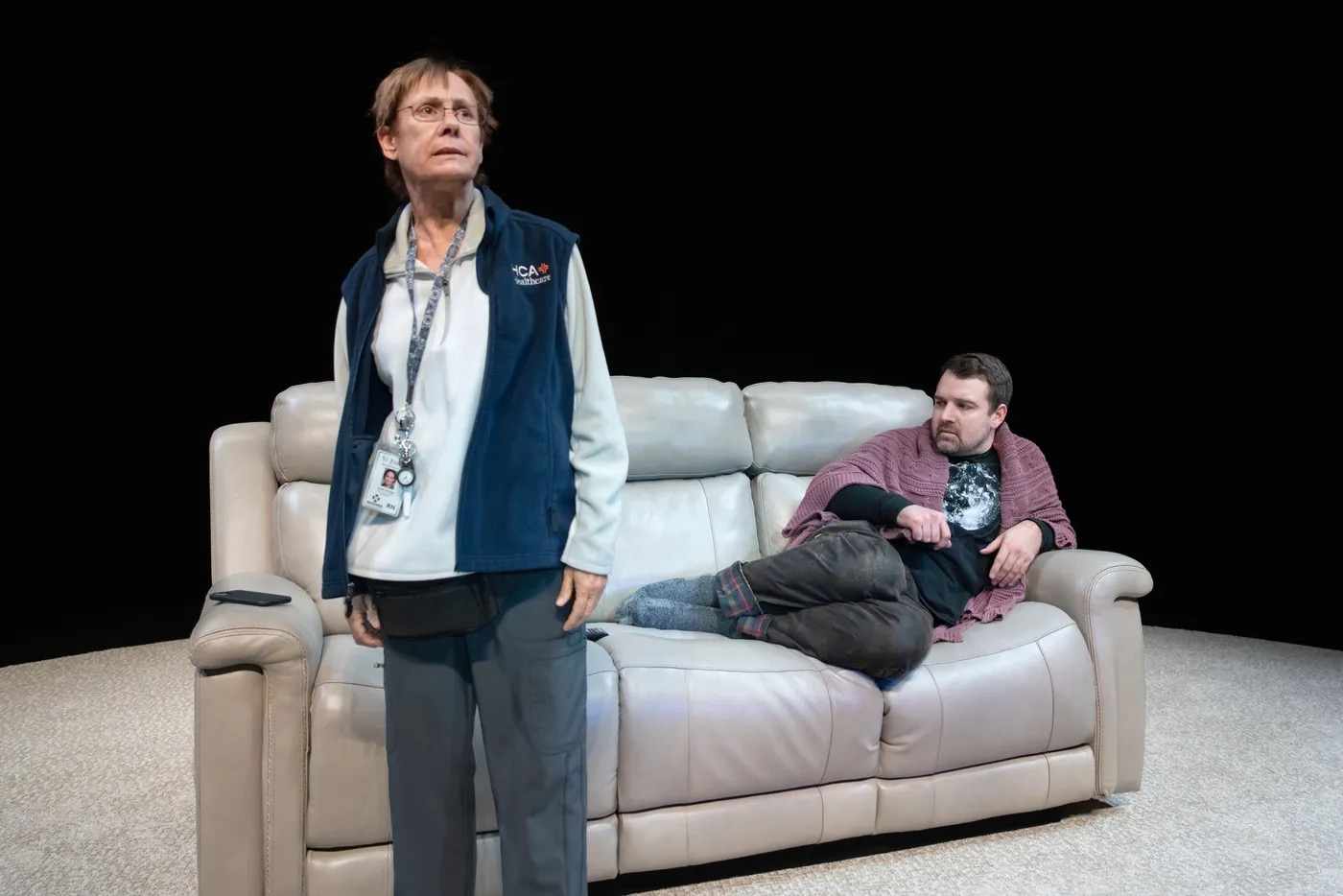
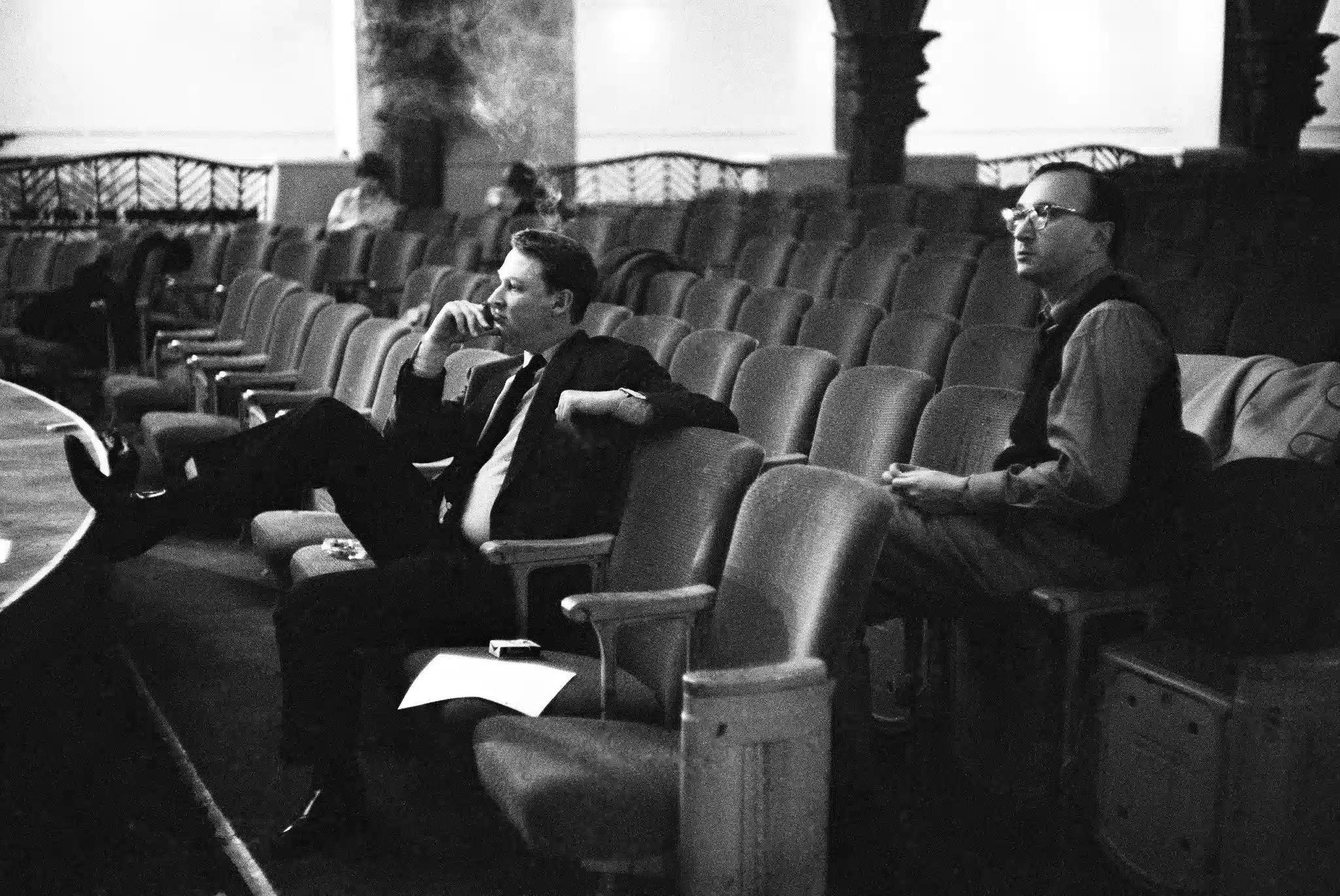
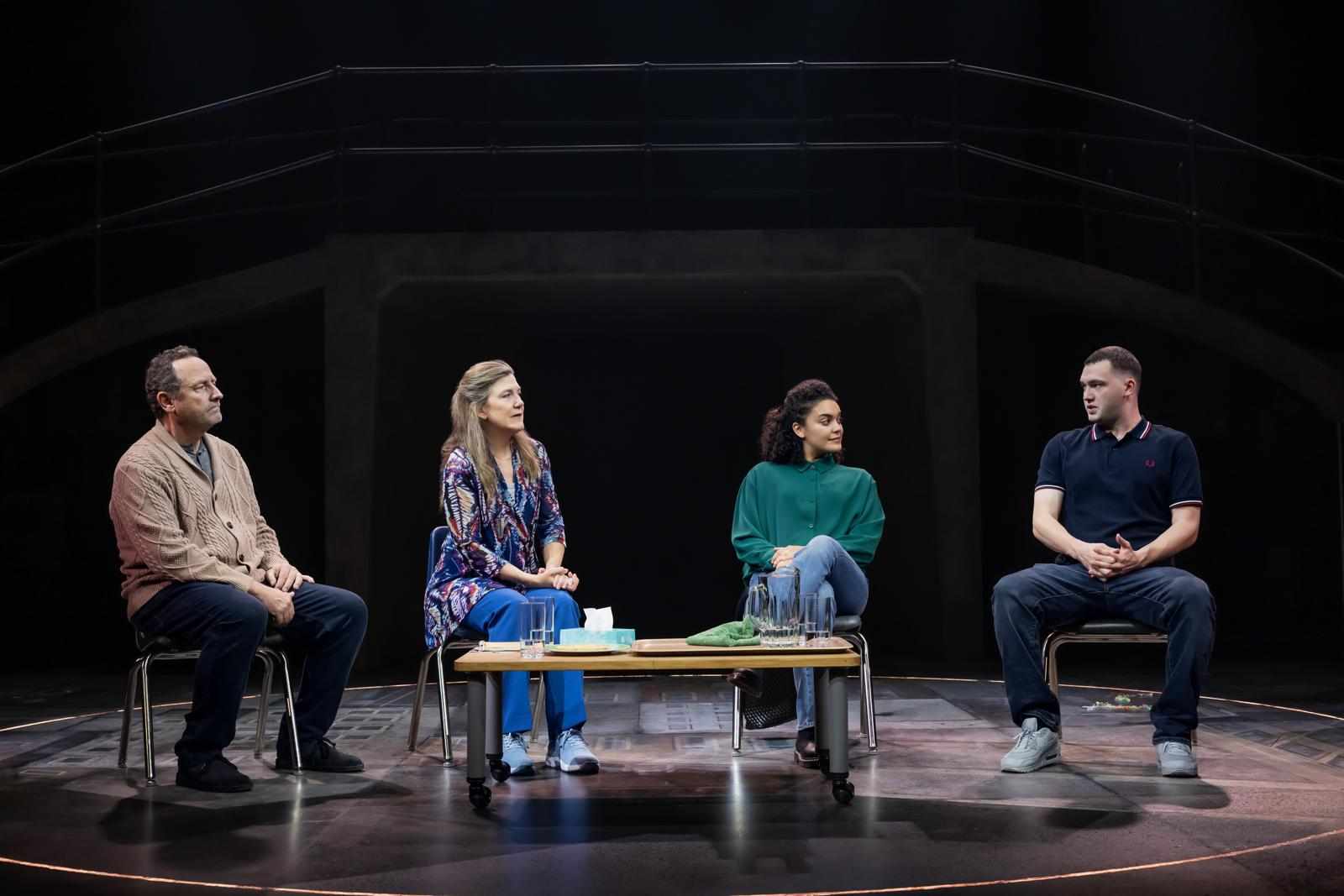
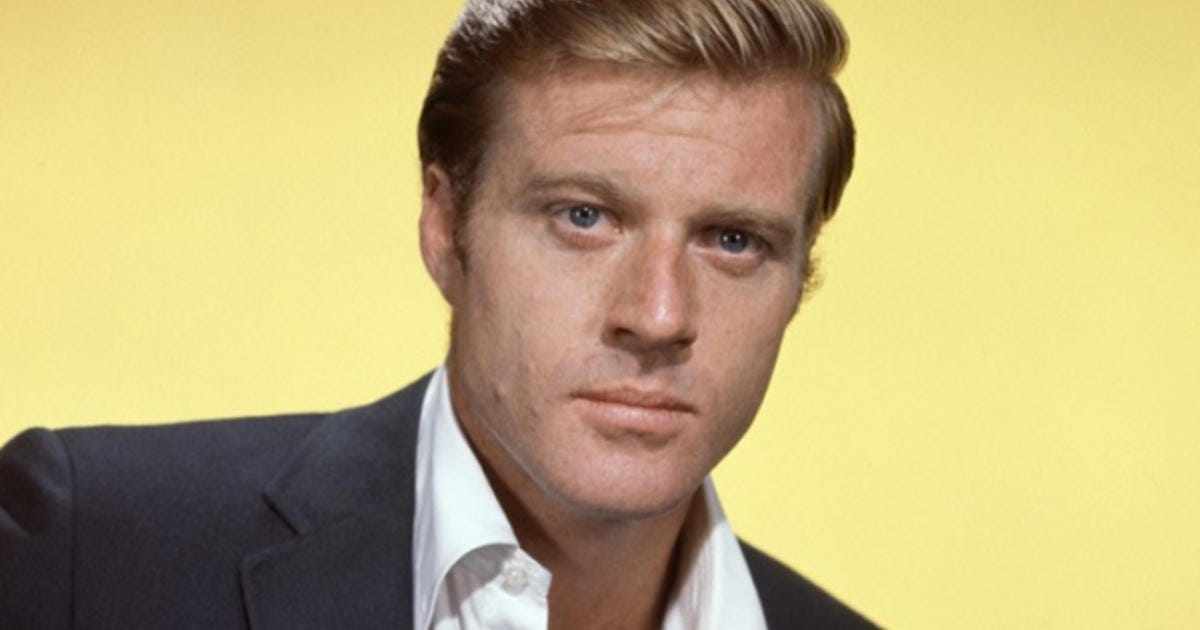
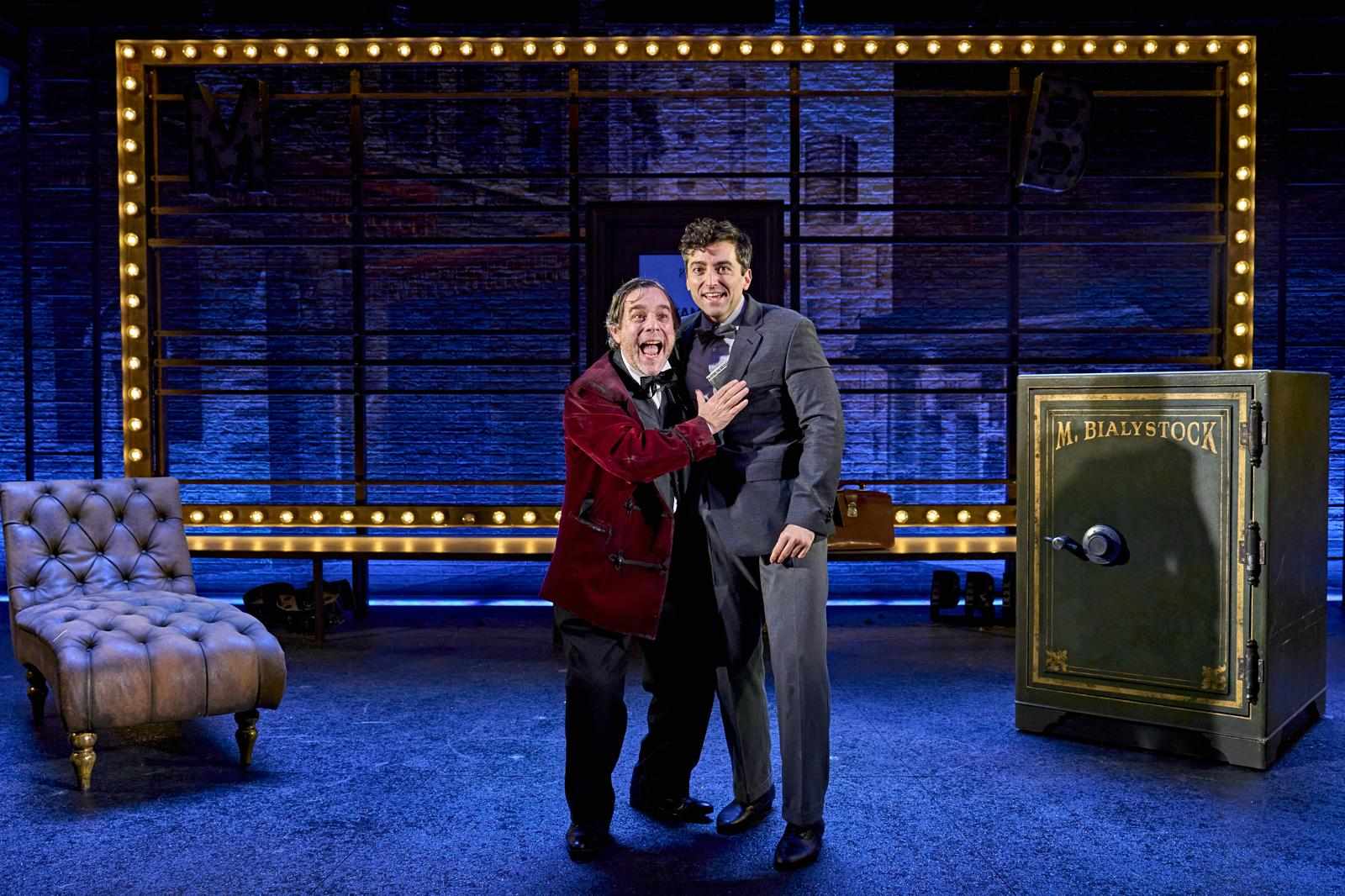
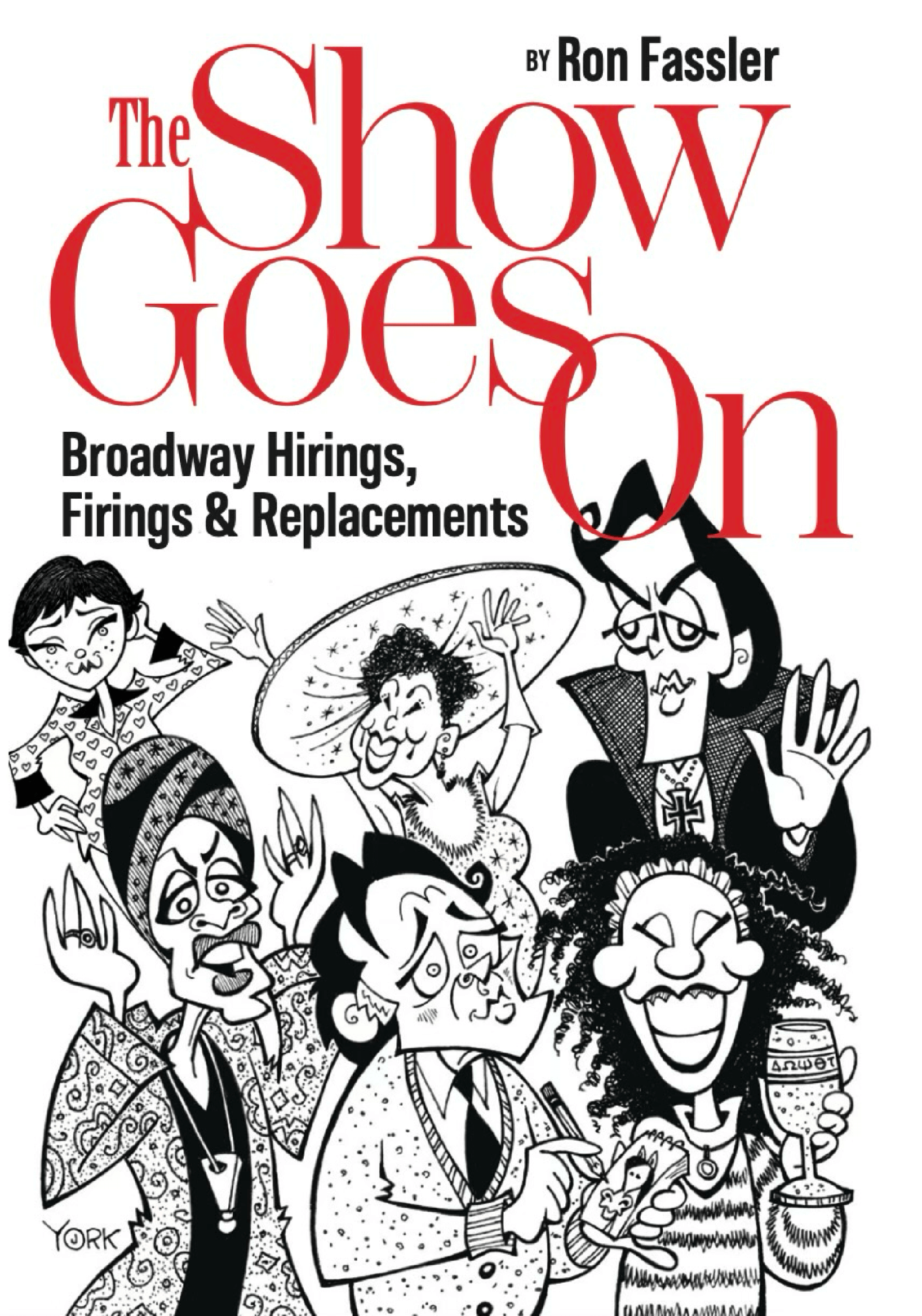

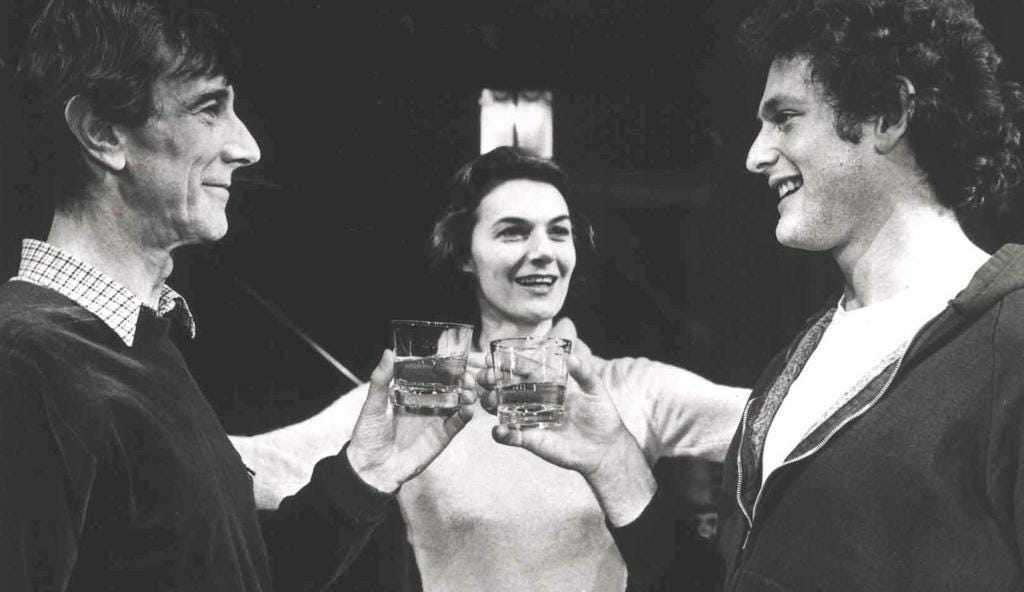





Write a comment ...